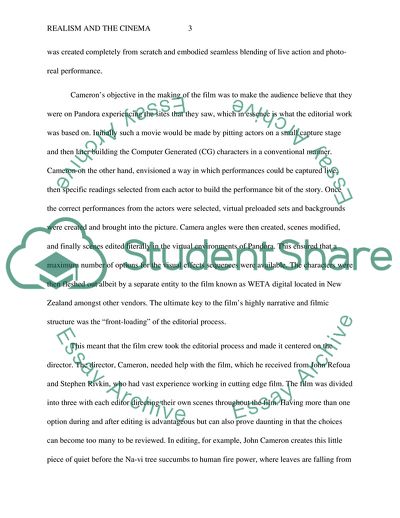Cite this document
(Realism and the Cinema Coursework Example | Topics and Well Written Essays - 2000 words, n.d.)
Realism and the Cinema Coursework Example | Topics and Well Written Essays - 2000 words. https://studentshare.org/visual-arts-film-studies/1861527-realism-and-the-cinema
Realism and the Cinema Coursework Example | Topics and Well Written Essays - 2000 words. https://studentshare.org/visual-arts-film-studies/1861527-realism-and-the-cinema
(Realism and the Cinema Coursework Example | Topics and Well Written Essays - 2000 Words)
Realism and the Cinema Coursework Example | Topics and Well Written Essays - 2000 Words. https://studentshare.org/visual-arts-film-studies/1861527-realism-and-the-cinema.
Realism and the Cinema Coursework Example | Topics and Well Written Essays - 2000 Words. https://studentshare.org/visual-arts-film-studies/1861527-realism-and-the-cinema.
“Realism and the Cinema Coursework Example | Topics and Well Written Essays - 2000 Words”. https://studentshare.org/visual-arts-film-studies/1861527-realism-and-the-cinema.


